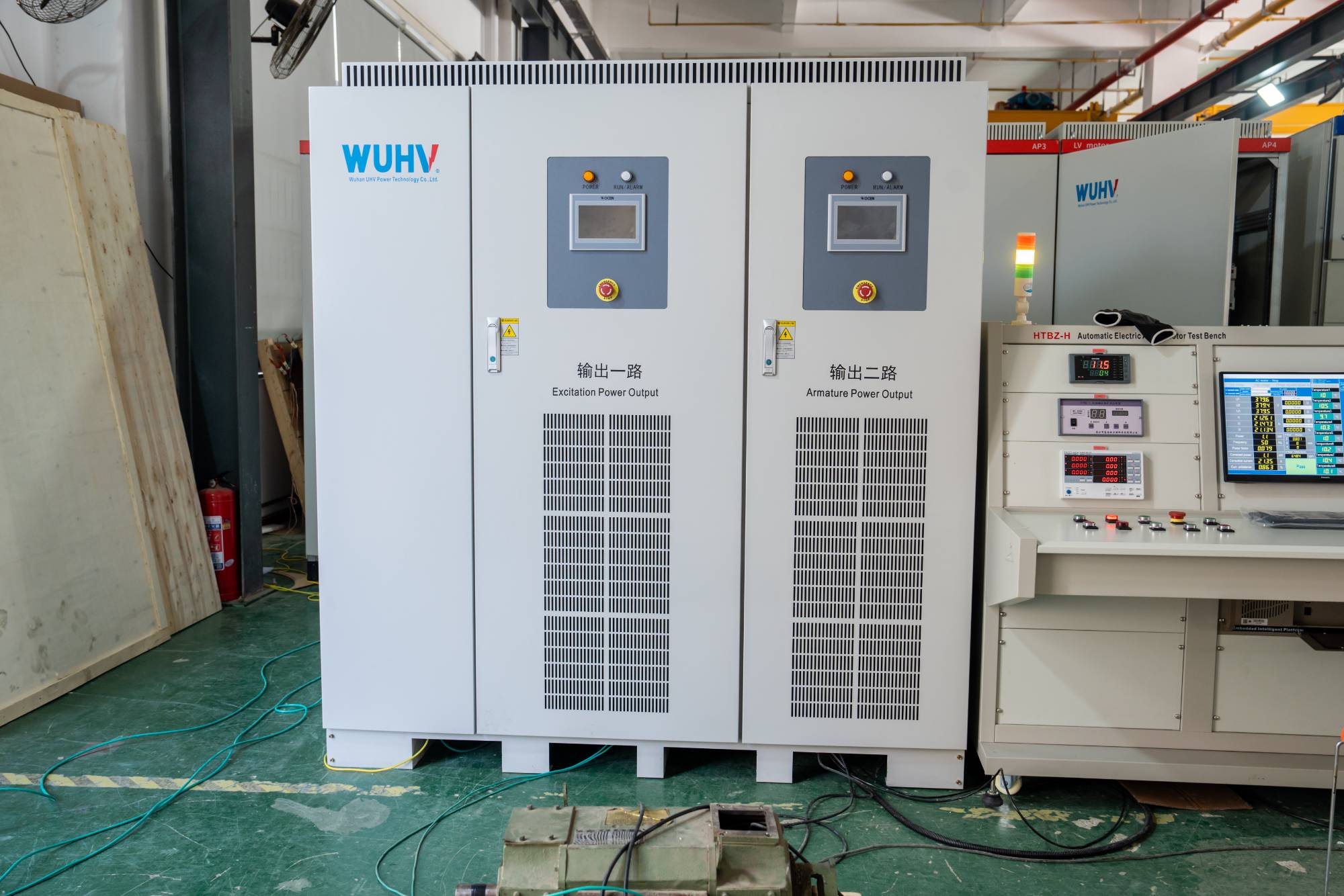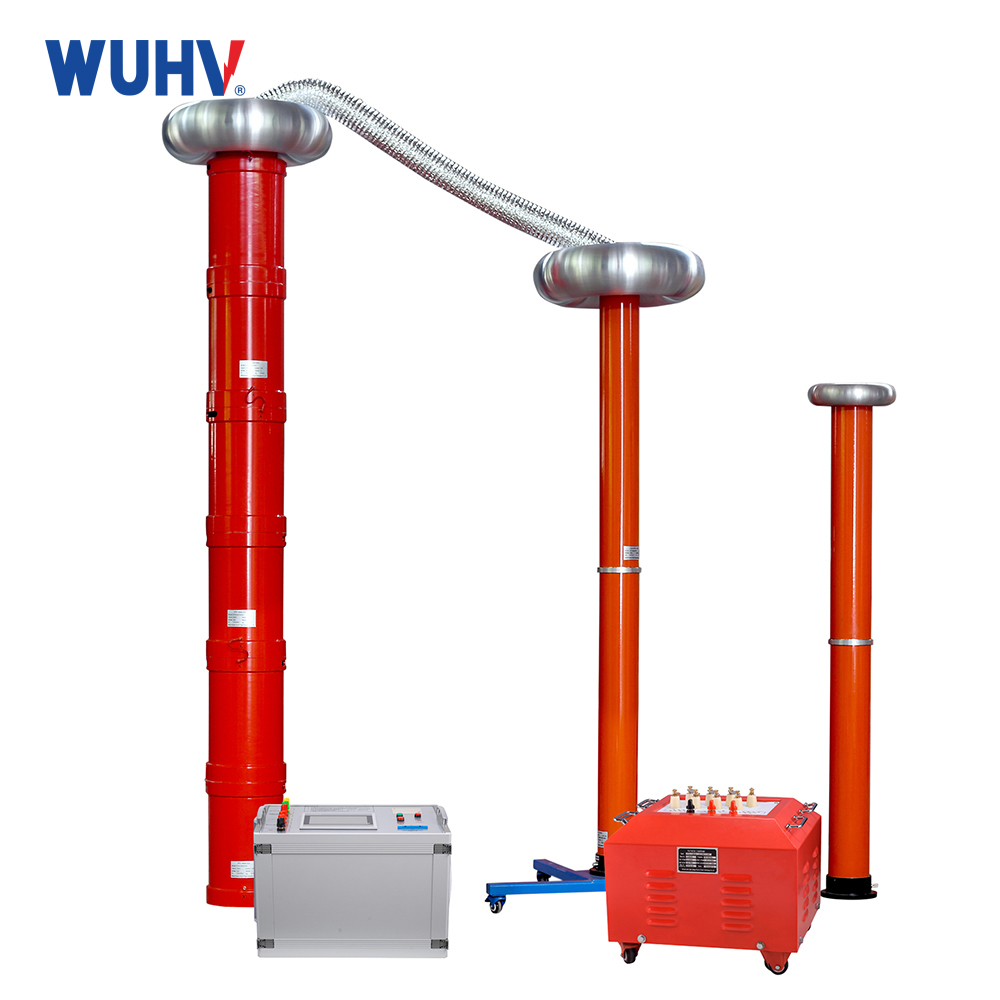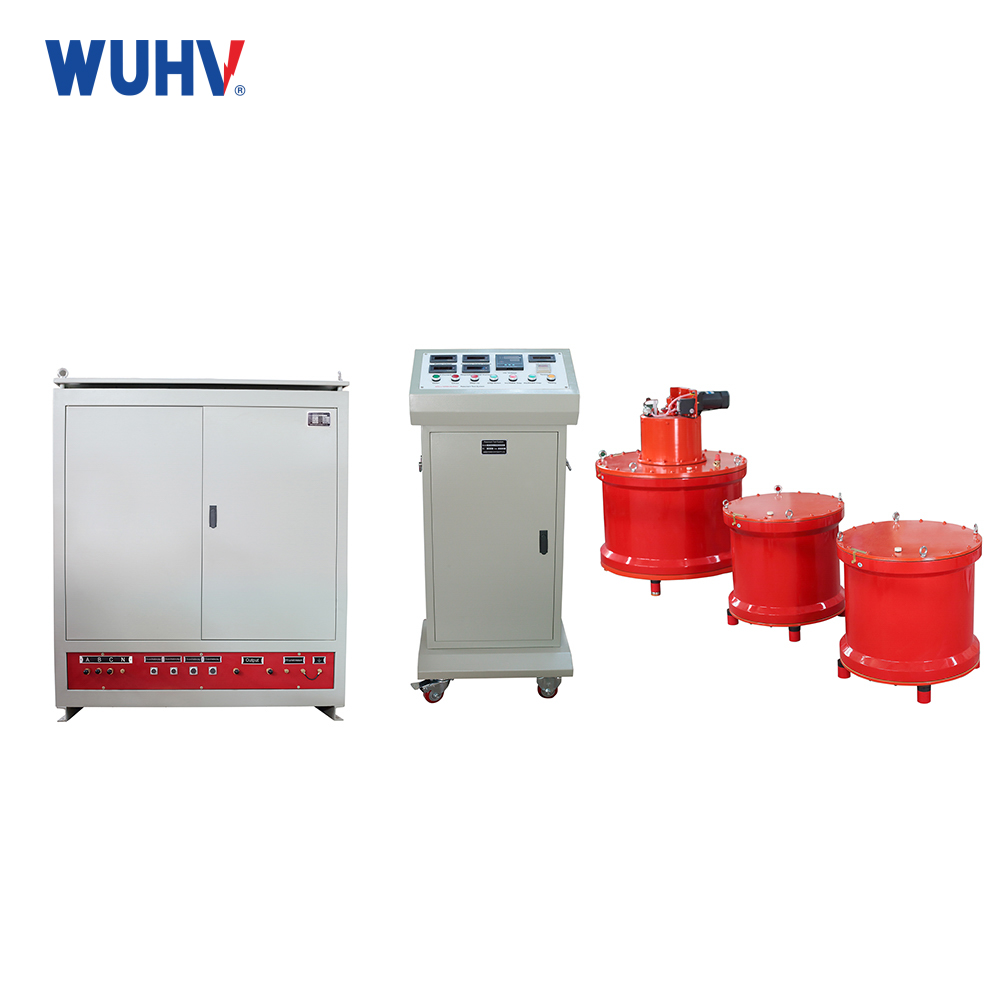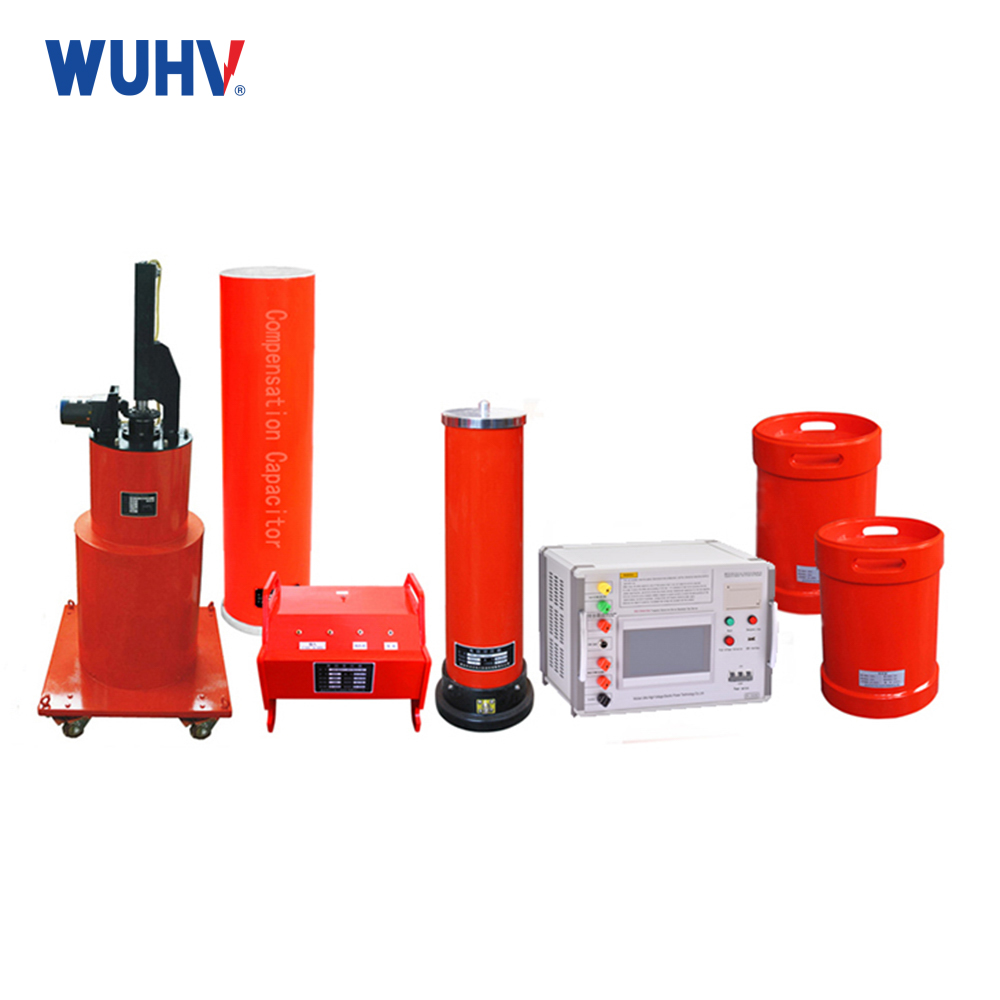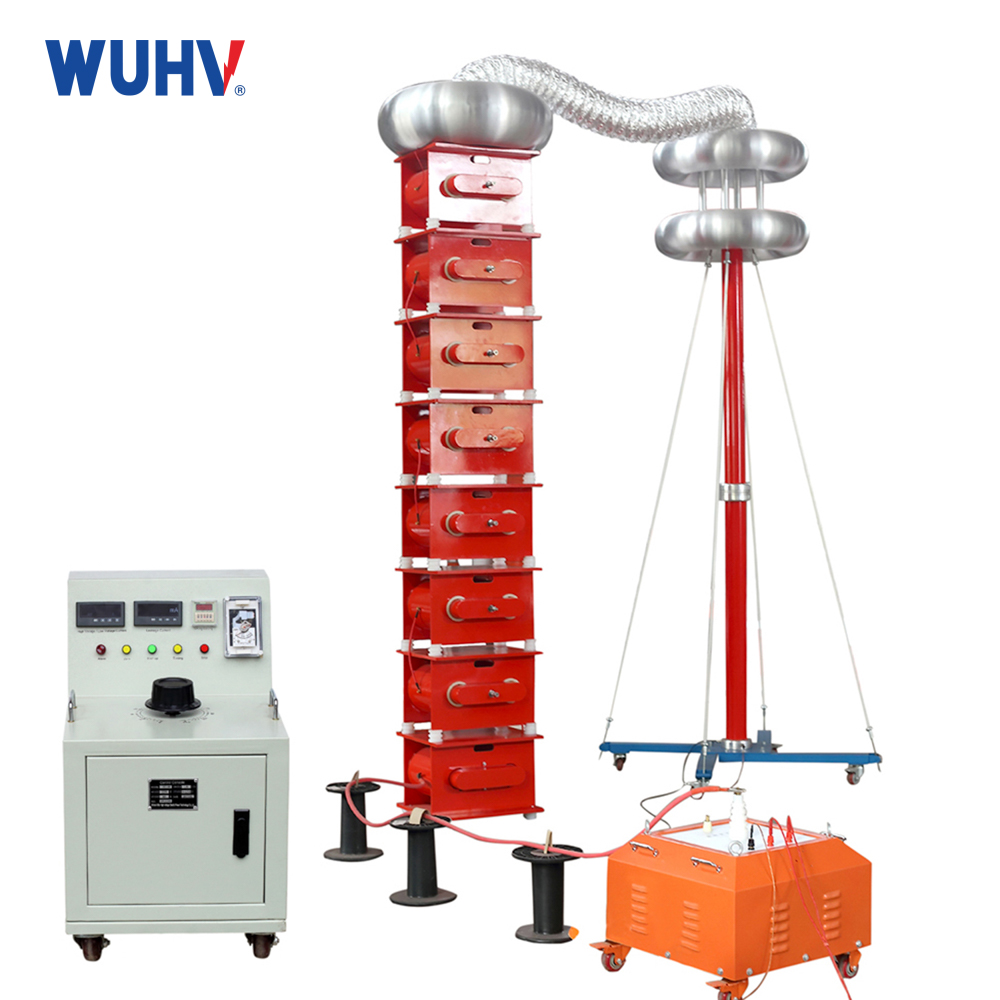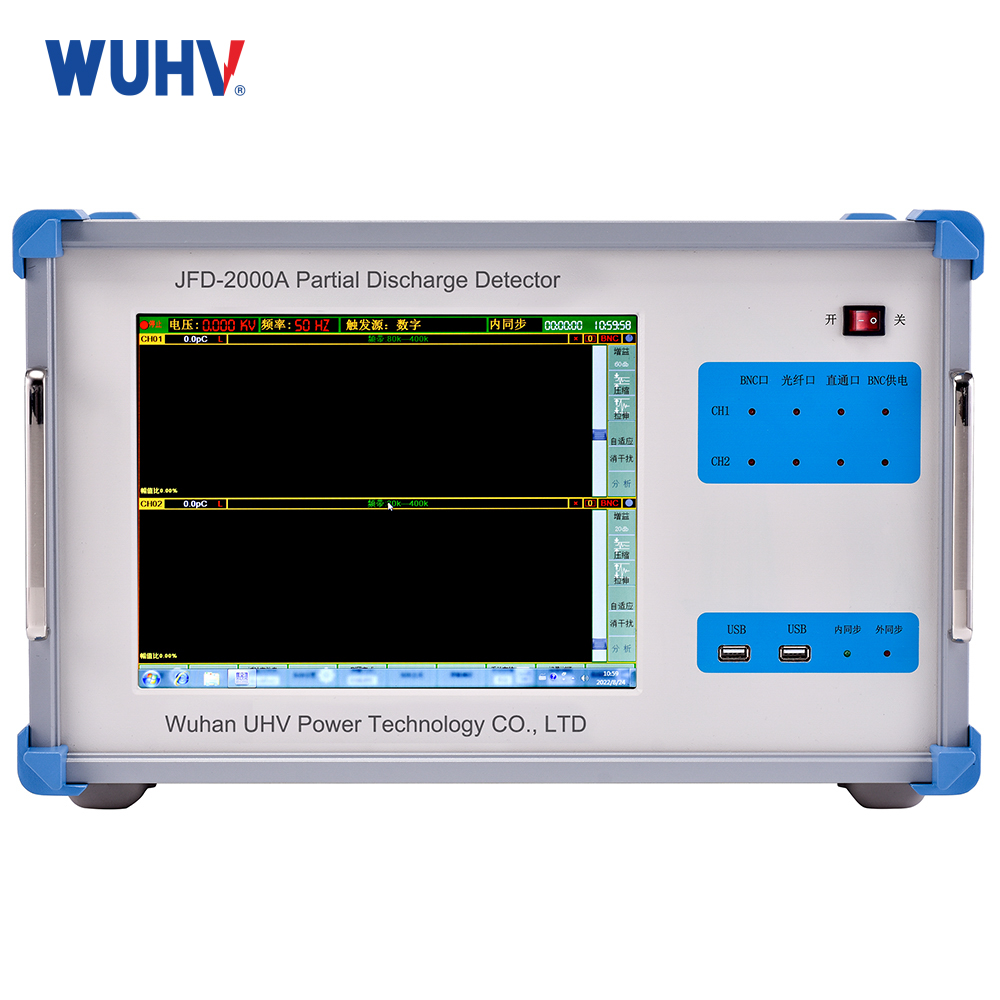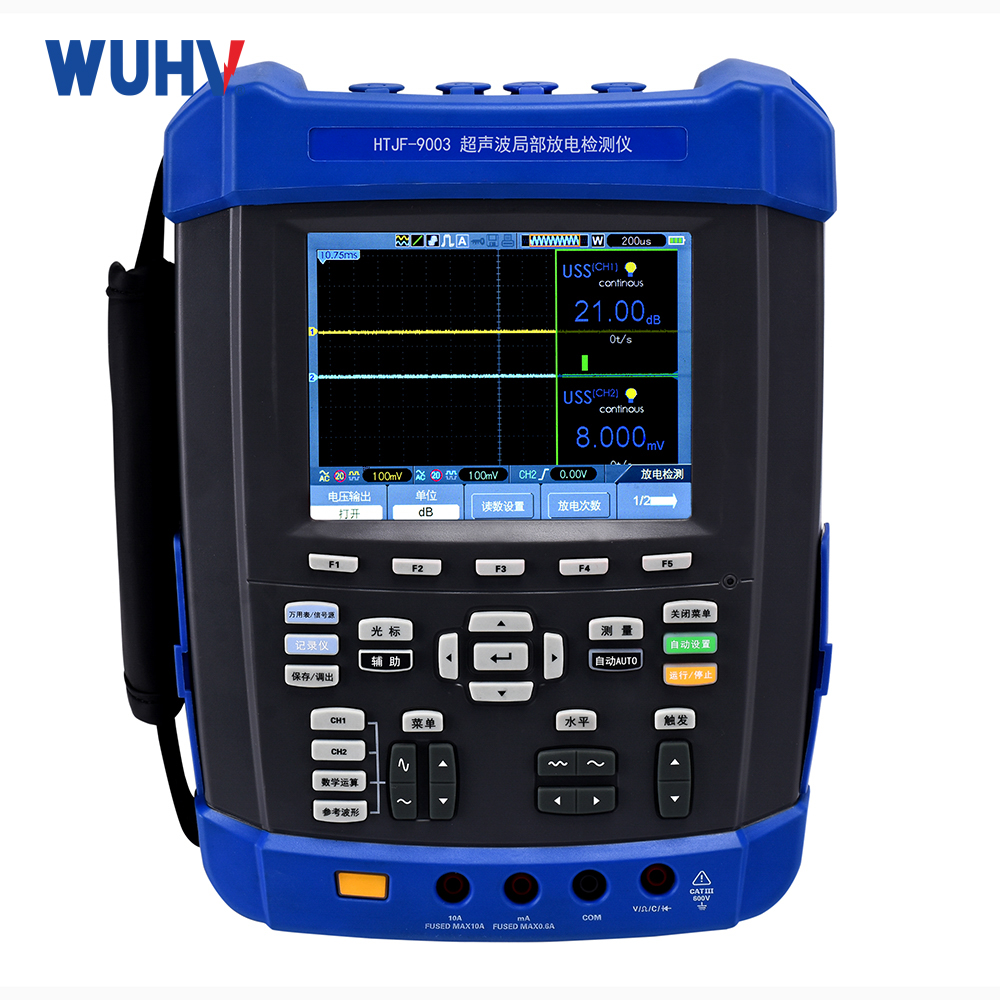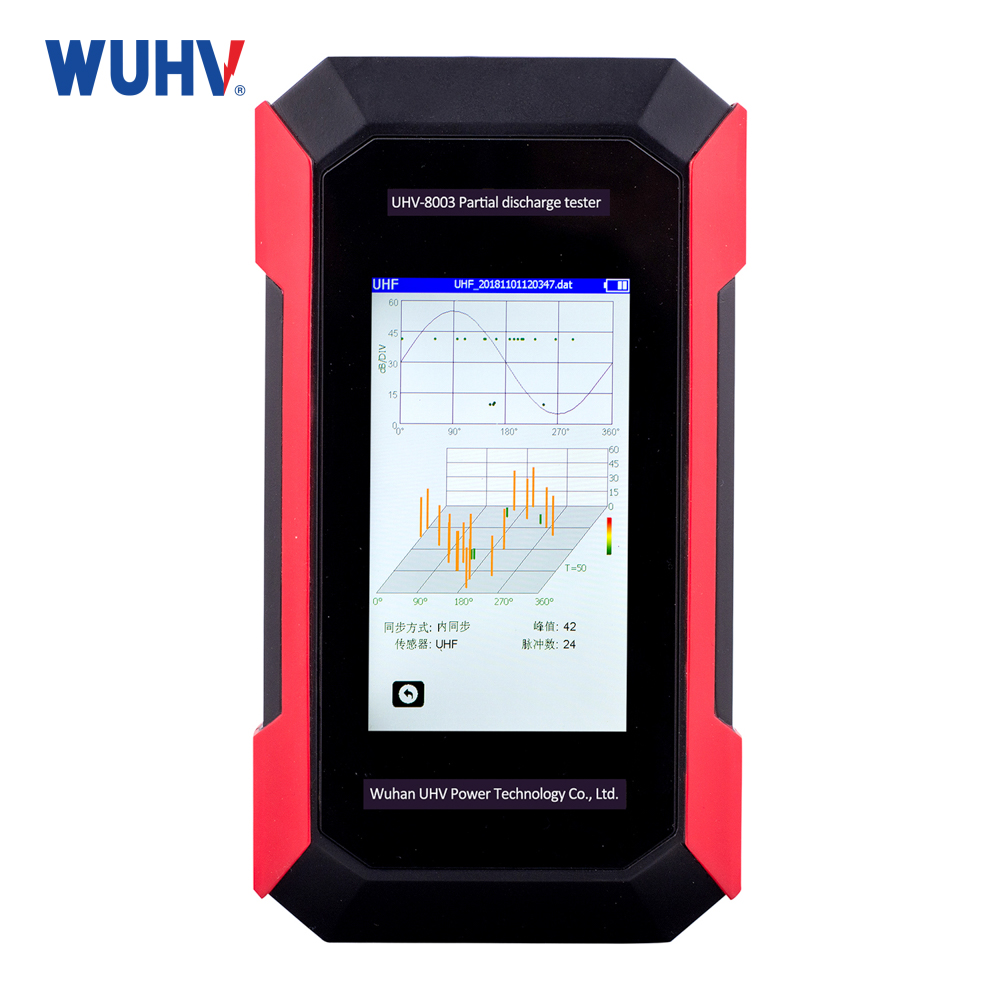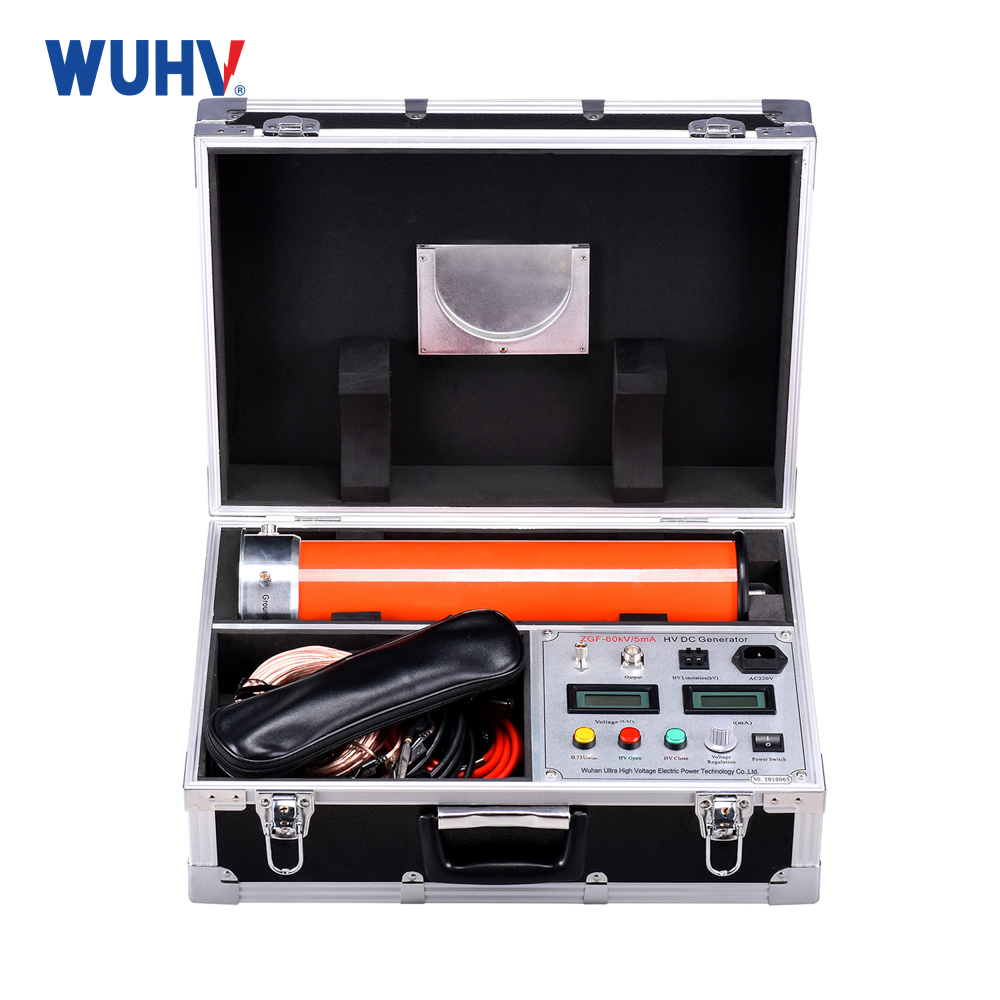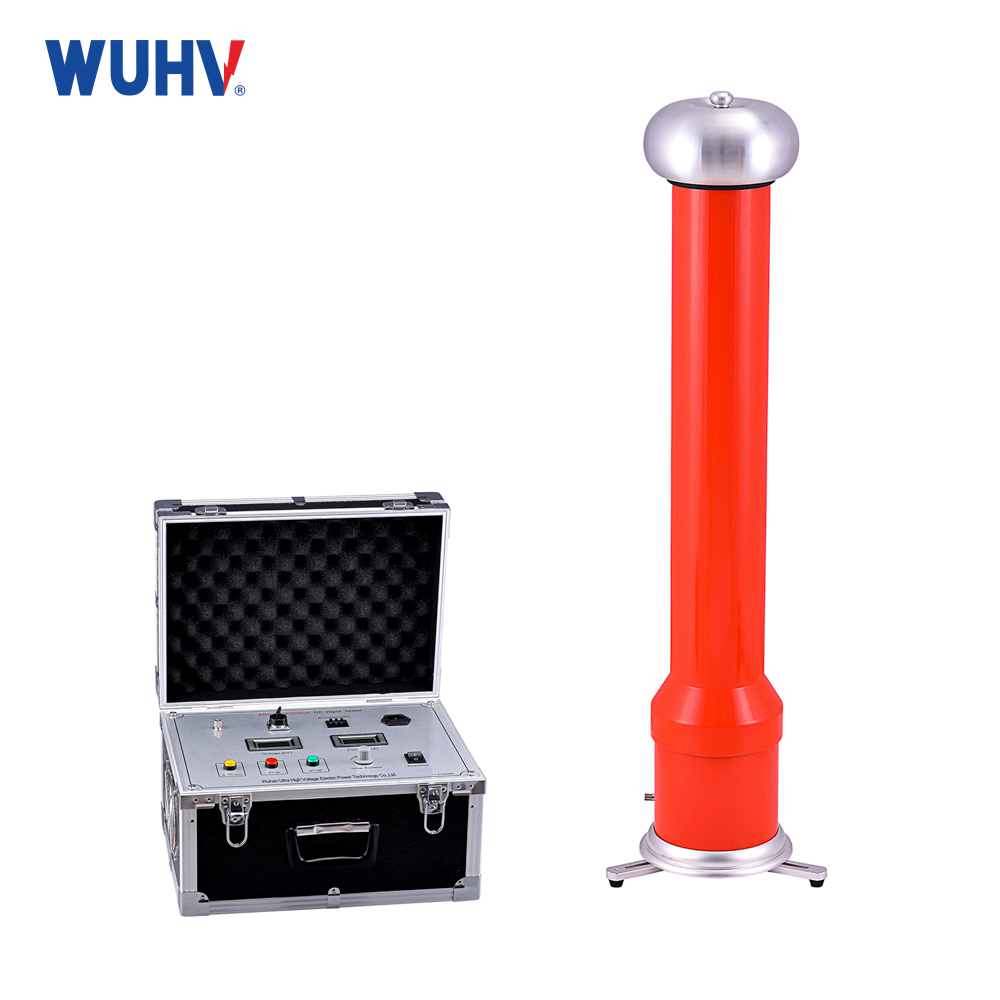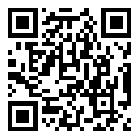The AC/DC Motor Test Bench under Wuhan UHV can help many power workers conduct various power tests more conveniently.
1.Check the Nameplate (Most Reliable):
Locate the nameplate on the motor housing.
Look for voltage markings: "DC" or "V DC" (e.g., 12V DC) indicates a DC motor. "AC" or "V AC" (e.g., 220V AC) or a frequency rating (50Hz/60Hz) indicates an AC motor.
Check the model number: "DC" or "BLDC" usually means DC; "AC" usually means AC.
2.Inspect Physical Structure & Wiring:
Commutator and Brushes visible (open the rear cover to see segmented copper rings and spring-loaded carbon blocks): Very likely a Brushed DC Motor.
No Commutator/Brushes: Could be an AC motor or a Brushless DC (BLDC) motor.
Number of Power Wires:
Only 2 wires: Could be a DC motor or a simple single-phase AC motor (needs further testing).
3 main wires (labeled U/V/W): Typically an AC Three-Phase Motor.
3 wires (may include capacitor leads): Typically an AC Single-Phase Motor.
3.Measure Resistance (Multimeter):
Three-Phase AC Motor: Resistance between each pair of windings (U-V, V-W, W-U) should be approximately equal.
Single-Phase AC Motor: Main and auxiliary winding resistances are usually similar (often has a capacitor).
DC Motor (Brushed): Usually has two main wires (armature; field might be separate). Resistance values vary significantly by type (armature low, field might be high).
4.Low-Voltage Power Test (Use Caution! Risky!):
Apply Low-Voltage DC (e.g., 5-12V battery) to the two main wires:
Runs smoothly: Likely a DC motor.
Doesn't run or vibrates/judders: Likely an AC motor (or a BLDC motor, which requires a controller).
Apply Low-Voltage AC (e.g., 5-12V AC) to the two main wires:
Runs (may be slow or noisy): It's an AC motor.
Doesn't run or gets hot: Likely a DC motor (WARNING: Applying high AC voltage will destroy a DC motor! Never do this!).
Important Notes:
Safety First! High-voltage testing is dangerous. Avoid it unless qualified. Prioritize nameplate checks and resistance measurements.
Brushless DC Motors (BLDC) look like AC motors (no commutator/brushes) but must be powered by DC + a dedicated controller. The nameplate usually says "BLDC".
Universal Motors (e.g., in power drills) are marked "AC/DC", have commutators and brushes, and run on either AC or DC.
When in doubt, consult a professional. Incorrect power can damage the motor.


